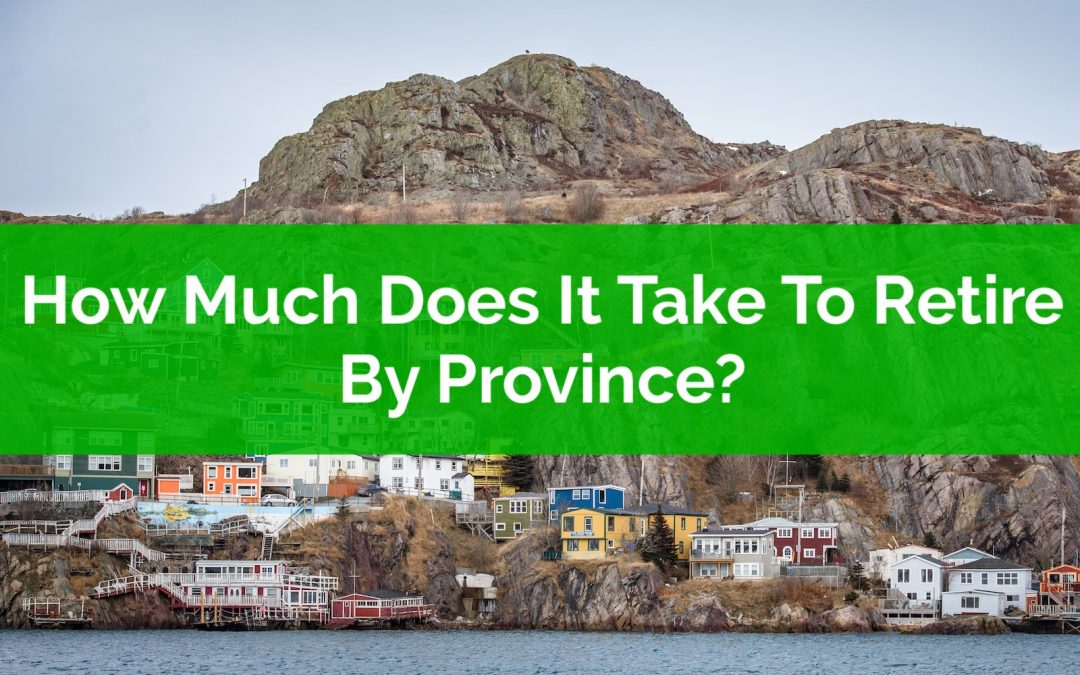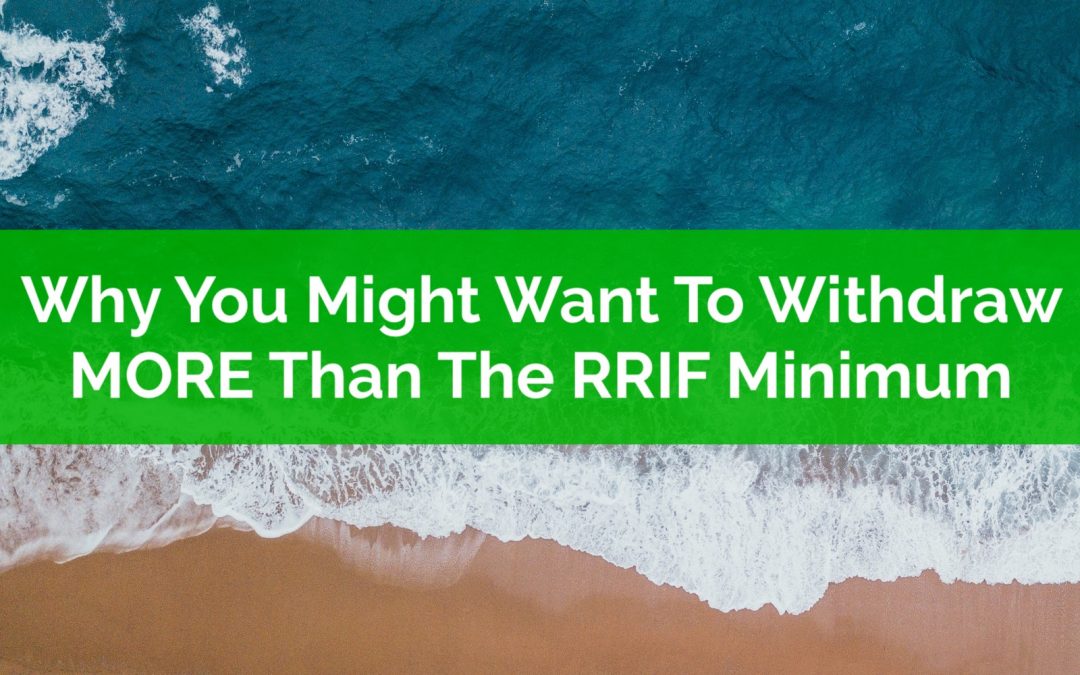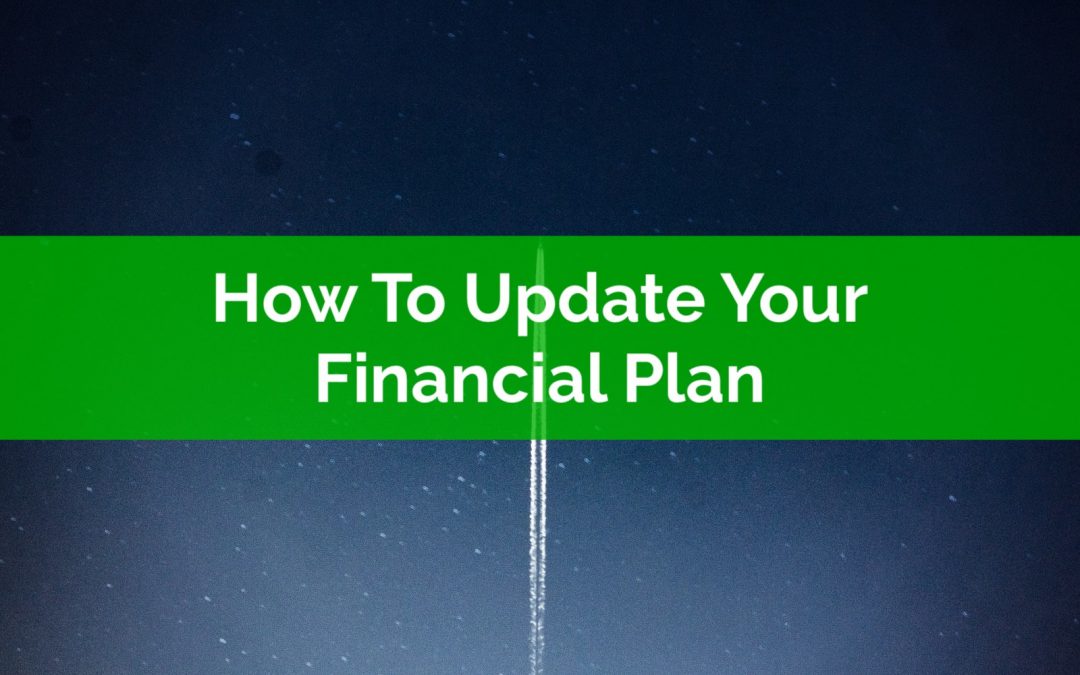
by Owen | Mar 20, 2022 | Behavioral Finance, Financial Planning, Investment Planning, Retirement Planning
Can you retire when the stock market is at an all time high? For many soon-to-be retirees this is an important question. It can be extremely nerve-racking to “pull the plug” and leave a stable income when investment values are at their peak.
But is this really a concern? Is it bad to retire when markets are at an all time high?
For many soon-to-be retirees, their investment portfolio will make up an important part of their future retirement income. Even retirees with a pension or full CPP/OAS will often have a small investment portfolio to support additional spending in retirement.
Many retirees worry about retiring at an all time high. They worry about a large decline in investment values soon after retirement. They believe this will dramatically impact their retirement plan. But is this concern justified? Or is this one of those biases that we’re all susceptible to?
Working for a few additional years would certainly help solidify a soon-to-be retirees financial plan, but at what cost? That lost time can never be recovered and could represent some “prime retirement years”. That income may also never be needed if everything goes to plan.
As it turns out, we’re actually at an all time high quite often, and the impact of retiring at an all time high isn’t even close to what we’d assume…

by Owen | Mar 7, 2022 | Financial Planning, Government Programs, Retirement Planning
For many people, CPP and OAS will make up a significant portion of their retirement income. A reduction in CPP and OAS income due to CPP survivor benefits or OAS survivor benefits can be very stressful. Even more so because this reduction will follow the unexpected death of a partner or spouse.
Many people may not realize, but OAS and CPP survivor benefits are reduced by anywhere from 40% to a full 100%!
For higher income households, who may have significant assets in either RRSPs or TFSAs, it’s not uncommon for CPP and OAS to make up 25%-30% of their retirement income.
For lower and moderate-income households, government pensions like CPP and OAS can provide 50%-75% of their retirement income.
For very low-income households, CPP and OAS, when combined with other low-income benefits like GIS, can easily make up 100% of retirement income for some couples.
In all of these situations, losing even some of these benefits can result in a big change to retirement plans, and what many people may not realize is the extent to which some of these benefits can be reduced when a partner passes away.
Although difficult and unpleasant to even think about, the impact of a partner’s death is an important consideration for many retirement plans. It’s important to understand what changes there might be to both retirement income and retirement spending if the unfortunate were to happen.
For some plans, those which have a large amount of investment assets, the risk is much smaller. Investment assets inside RRSPs and TFSAs can be transferred through spousal rollovers with no tax consequences. So, the disruption to these plans may be smaller.
But for some plans, the change in CPP and OAS income due to an unexpected death can be quite large, especially in certain circumstances. In the worst-case scenario, the loss of CPP and OAS combined can easily represent more than $20,000 per year in lost retirement income!
Here’s what to watch out for when it comes to CPP survivor benefits…

by Owen | Feb 28, 2022 | Retirement Planning, Tax Planning
Planning for retirement is all about spending. Spending impacts almost everything about a retirement plan. More spending means more withdrawals and more taxes. Less spending means less withdrawals and less taxes.
More spending could mean there is a higher risk of running out of money. Less spending could mean that we need to be careful around estate planning because there may be a large amount of assets being passed on.
But spending needs to be supported by investment assets, so how much do we need to have invested? How much does it take to retire?
In this post, we’re going to take an interesting look at this question. We’re going to look at how much we need to retire depending on the province we live in. We’re going to look at how much you need to have invested to support the same retirement spending.
Disclaimer: Nothing in this post should be considered financial planning advice. We’re going to use averages and province wide tax rates with only general deductions. Because we’re all unique in some special way, the numbers in this post won’t apply to you, but the relative amount you need to have invested between provinces is interesting!

by Owen | Feb 21, 2022 | Investment Planning, Retirement Planning, Tax Planning
At some point every person with an RRSP is going to need to make a decision about converting their RRSP to a RRIF. The Registered Retirement Income Fund (RRIF) works very similarly to the RRSP with a couple notable exceptions.
One of those exceptions is that there is a minimum RRIF withdrawal each year. Retirees need to make this minimum withdrawal from their RRIF each year and this minimum will slowly increase from year-to-year. The RRIF minimum will escalate each year as a retiree gets older. By the time a retiree reaches their mid-90s they are forced to withdrawal 20% of their RRIF each year!
Because the withdrawal is a minimum, and conversion from a RRSP to a RRIF is mandatory, this often leads people to believe that keeping money in a RRIF is a good idea. After all, if they’re being forced to take money out, wouldn’t that suggest that keeping money in is a good idea?
For many people, taking out only the minimum RRIF withdrawal each year is actually a bad idea. Many people would benefit from a different RRIF withdrawal strategy. Many people would benefit from taking out more than the minimum each year. They would increase their financial flexibility, they would decrease the tax on their estate, and they could even qualify for certain benefits late in retirement.
In this post we’ll look at RRIF withdrawal rules, the minimum RRIF withdrawal percentage by age, and we’ll explore two scenarios where we show how a retiree can benefit from RRIF withdrawals that are larger than the minimum.
We’ll also explore how this strategy is even more impactful after a large stock market correction.

by Owen | Jan 3, 2022 | Financial Goals, Financial Planning, Retirement Planning
Despite being extremely sophisticated, a rocket ship only gets to its destination by making small adjustments along the way. These adjustments help account for small changes in weather, weight, fuel efficiency etc.
Personal finances are very similar, it’s not nearly as complicated as rocket science of course, but to reach our target we need to make small adjustments to our personal finances along the way. These adjustments help account for changes in income, increases in spending, changes in our situation and goals etc.
A financial plan isn’t meant to be static. A financial plan is meant to be dynamic and ever evolving.
For that reason, a financial plan should be updated at least once per year.
And one of the best times to update a financial plan is in the new year. With changes in tax rates and gov. benefits, upcoming RRSP contribution deadlines, and tax season approaching, it’s a natural time of the year to revisit personal finances.
There are a few key areas in a financial plan that should be updated each year…

by Owen | Nov 29, 2021 | Financial Planning, Government Programs, Retirement Planning, Tax Planning
Did you know that there is an RRSP age limit? After a certain age you can no longer contribute to your RRSP. This is the same age limit that requires you to convert your RRSP to a RRIF.
The rule is, by the end of the year you turn age 71, you must convert your RRSP to a RRIF and you can no longer make RRSP contributions.
It doesn’t matter if you turn age 71 in January or in December, by the end of that year no more personal RRSP contributions can be made and the RRSP must be converted to a RRIF.
Interestingly, although you can’t contribute to a personal RRSP you can continue to earn RRSP contribution room after age 71. If you earn employment income at age 71 or beyond, then you’ll also earn more RRSP contribution room at the typical rate of 18% of earned income.
Seems odd, doesn’t it? You can earn RRSP contribution room after age 71 but you can’t use it (unless you’re in a specific situation which we’ll talk about below).
Similarly, if you have lots of unused RRSP contribution room, this will also carry forward past age 71 too. You might have RRSP contribution room available to use, but you won’t be able to contribute to a personal RRSP.
If you can’t use this RRSP contribution room then why does the CRA track it at all?
Well, there are a few things that can be done to get around the age limit for RRSP contributions and, in the right situation, this could provide some large tax reductions and/or government benefit increases.
Page 8 of 19«...678910...»






